#Artes Panama
Explore tagged Tumblr posts
Text
Curly-Tailed Animal Pendant from Panama, c.350-450 CE: this gold pendant depicts an animal with stubby feet, a rounded head, and a long, thick tail curled up over its back

This design is often referred to as the "curly-tailed animal," and other pendants of the same style have been found in Panama, Colombia, and Costa Rica.

Above: two "curly-tailed animal" pendants from Panama, c.450-950 CE (top) and c.50-450 CE (bottom)
As this publication explains:
Among the intriguing and much-favored Panamanian cast pendants is the curly- tailed animal, a form that is found in both Colombia and lower Central America. Believed to date to as early as the second century A.D., when gold working was introduced into Panama from Colombia, the Panamanian versions are said to belong to the "Initial" style. The curly- tailed animals, so called for the impressively large tails that extend up over their backs, vary considerably in detail and have been identified as everything from dogs to ducks, but the tail, at least, is thought to be simian in derivation. It is clearly the significant element of the composition, and, when the pendant was worn, the tail would have been the most visible part of the ornament.
Produced for centuries in lower Central America, the "curly tails" were rendered in both gold and semiprecious stone; they were one of the few ancient images to be made in both materials.

Above: a "curly-tailed animal" pendant made of agate, c.100-800 CE
This page also expands on the blended characteristics that define the "curly-tailed animal" style:
Artists in the lands that are now part of the modern nations of Colombia, Panama, and Costa Rica created pendants and figures of a hybrid creature known to scholars as the curly-tailed animal.
The diversity of zoological attributes present on this and similar pendants precludes a definitive identification of any specific animal, but the capuchin monkey (Cebus capucinis), coatimundi (Nasua narica), or even domestic dog (Canis lupus familiaris) may have provided inspiration.

Why Indigenous Artifacts Should be Returned to Indigenous Communities
Sources & More Info:
The Metropolitan Museum of Art: Curly-Tailed Animal Pendant
The Metropolitan Museum of Art: Curly-Tailed Pendants 2, 3, 4, and 5
Cleveland Art Museum: Agate Animal Pendant
Museum Publication: Gold of the Americas (PDF)
#archaeology#artifact#anthropology#history#curly-tailed animal#pendant#gold#jewelry#ancient art#mesoamerica#central america#panama#pre columbian#jade#pretty sure that's a charmeleon
219 notes
·
View notes
Text

florida panhandle miku
#my art#florida#miku#hatsune miku#miku worldwide#regional miku#miku international#florida miku#north florida#northwest florida#destin#fort walton#panama city#pensacola#30a#tagging all the panhandle cities i know lol
309 notes
·
View notes
Text

And you thought dinosaurs were extinct. *cackles and fluffs feathers*
Great Curassow (Crax rubra)
Central America and northern South America
Status: Vulnerable
---
I love that the female is more showy - so rare for birds.
#curassow#ground bird#bird#bird art#birdlr#birbs of tumblr#artists on tumblr#central america#south america#mexico#guatemala#honduras#nicaragua#costa rica#panama#columbia#ecuador
288 notes
·
View notes
Text
Miku panameña

tip: click for better quality :)
#hatsune miku#vocaloid miku#miku fanart#mikuhatsune#miku#miku hatsune#vocaloid miku hatsune#vocaloid hatsune miku#vocaloid#miku hatsune fanart#hatsune miku fanart#panama#panamenian culture#pollera panameña#latam#latinoamerica#traje tipico panameño#sansuu's art#sansuus art
212 notes
·
View notes
Text




Panama - Device (1998)
#98#90s#3d#1998#1990s#art#cgi#cybercore#cyber y2k#design#disk#electronica#electronic#future#futuristic#futurism#graphic art#graphic design#graphics#kaybug#music#orange#panama#scans#trance#vinyl#vinyl records#white#y2kcore#y2kore
93 notes
·
View notes
Text

Despite its name, sopa borracha (lit. drunk soup) is not a soup at all, but a festive Panamanian dessert that is especially popular at weddings and birthdays. It consists of a sponge cake that is cut into smaller pieces, then drenched in a sweet syrup made with sugar, cinnamon, lemon zest and juice, dark rum, and sherry, boiled with prunes and raisins which are later used as a topping once the dessert has been assembled. If desired, sopa borracha can be additionally topped with silver dragées, as the Panamanians do. src.: https://www.tasteatlas.com/sopa-borracha photo ref.: https://bluejellybeans.wordpress.com/2012/09/13/panamanian-drunken-soup-sopa-borracha-panamena/
58 notes
·
View notes
Text

🌎 #fitfwtlatam: the outfits. part one.
#louis tomlinson#louis fanart#lt#louis#1d fanart#digitalart#art#lwt#procreate#fitfwt#fitf tour#fitfwt latam#louis latam#faith in the future#faith in the future world tour#fitfwt san juan#fitfwt panama#fitfwt sao paulo#fitfwt rio de janeiro#fitfwt curitiba#latam tour leg#louis tattoos#loulou#my ángel boy in my tierra#part one wait for the next 10 🥲
180 notes
·
View notes
Text
💙❤️Feliz Mes de la Patria en Panamá! 💙❤️

Happy Panama Patriots month!
#fanart#homestuck#digital art#homestuck fanart#art#john egbert#rose lalonde#jade harley#dave stider#panamá#panama#culture#latin america
94 notes
·
View notes
Text
The first one latam 🩶 the next one will be my show
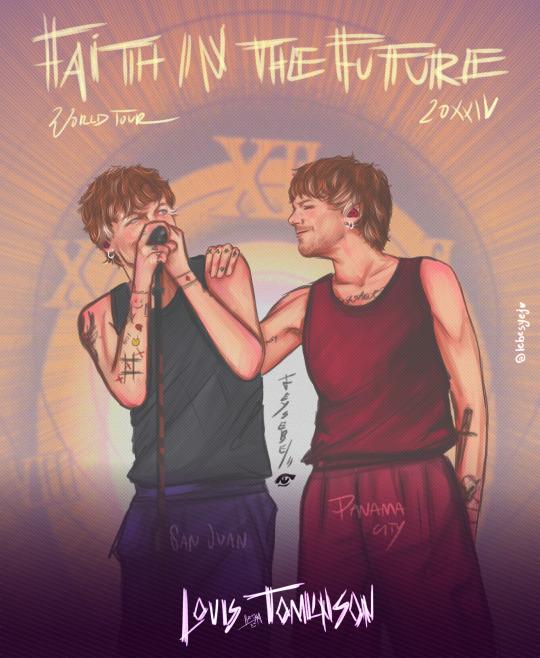
105 notes
·
View notes
Text
Did you know that, when Latin American countries were becoming independent from Spain, 5 of their anthems were composed by Catalans?
In Argentina 🇦🇷, the government that resulted from the 1810 May Revolution chose an anthem composed by Blai Parera i Moret.
In Chile 🇨🇱, the anthem chosen in 1828 was composed by Ramon Carnicer i Batlle.
Mexico's 🇲🇽 1854 contest to choose a national anthem was won by Jaume Nunó i Roca.
When Panama 🇵🇦 became independent in 1904, they commissioned Albert Galimany i Pujol to compose their national anthem.
Puerto Rico 🇵🇷 adopted its current national anthem in 1952, choosing a song composed in 1867 by Fèlix Astol i Artés.
#música#arts#història#music#national anthems#anthems#argentina#chile#mexico#panama#puerto rico#catalonia#catalunya#music history#art history#other countries#diaspora
121 notes
·
View notes
Text

#cat#cats#cats of tumblr#cute cats#original photographers#illustration#dope#photography#street style#fresh#backgrounds#comics#fashion#art#panama
61 notes
·
View notes
Text


post-war baberoe based on a 40s clothing ad + perhaps the sweetest babe I’ve ever drawn
#band of brothers#and babe is wearing tan shoes with pink shoelaces#and a polka dot vest and a big panama with a purple hat band#if you know you know#baberoe#eugene roe#babe heffron#my art
59 notes
·
View notes
Text
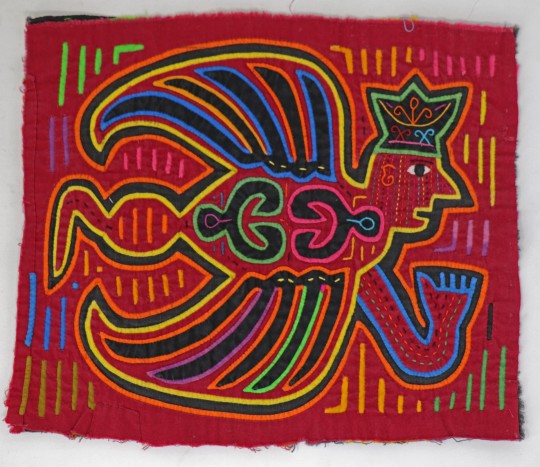
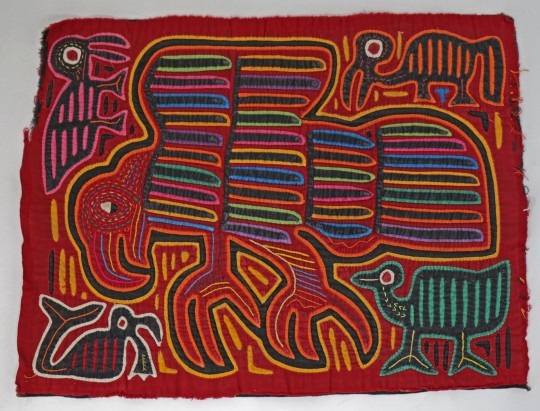

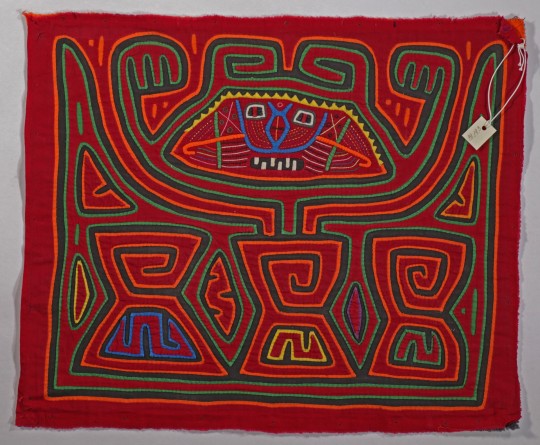
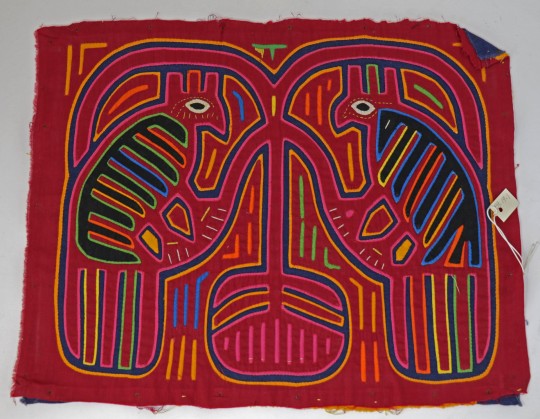

Half a dozen beautiful mid-century molas from the Cuna (Kuna) people, who are indigenous to Panama and the neighboring San Blas Islands. We particularly like the dancing mice. From Thomas Jefferson University's Textile and Costume Collection on JSTOR, free and open to everyone!
#art#indigenous people#native americans#native american art#applique#reverse applique#textile art#dancing mice!#cuna people#panama#san blas islands#jstor
646 notes
·
View notes
Text

I highly recommend the complimentary color wheel. It can change your life!
Great Green Macaw (Ara ambiguus)
Central America and northern South America
Status: Critically Endangered
#macaw#parrot#bird#birdlr#bird art#parrot art#artists on tumblr#central america#south america#nicaragua#honduras#costa rica#panama#columbia#ecuador
64 notes
·
View notes
Text




🤔🤔🤔
#drawn#procreate#drawing#art#countryhumans#countryhumans mexico#countryhumans peru#countryhumans chile#countryhumans usa#countryhumans argentina#countryhumans art#countryhumans panama#countryhumans venezuela#countryhumans republicana dominicana#countryhumans Cuba#countryhumans latinoamerica#countryhumans Guatemala#countryhumans Bolivia
24 notes
·
View notes
Text

Coatimundi effigy vessel with painted geometric and curvilinear designs // Central American; Panamanian, Gran Coclé // 500 - 1000 CE
14 notes
·
View notes